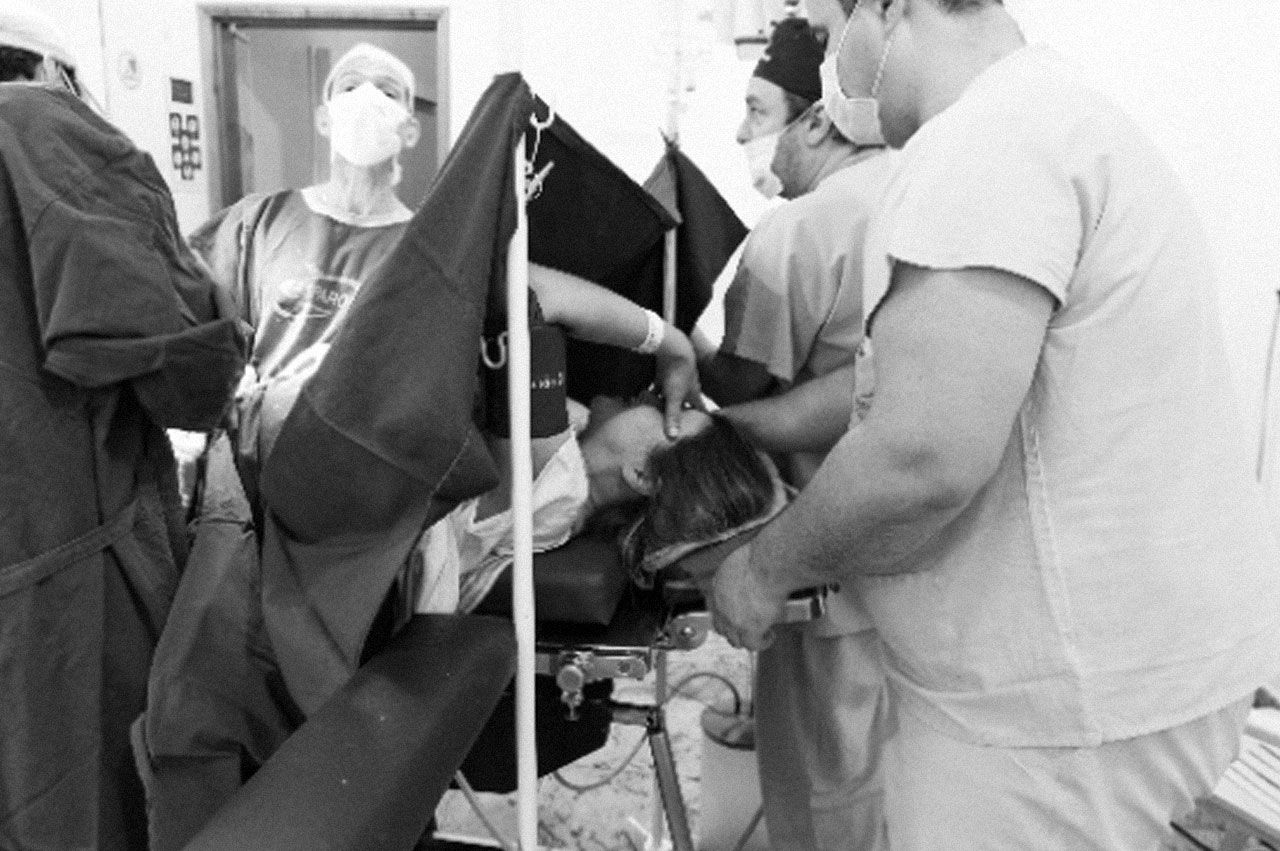
Reasons for primary Caesarean section
In 2018, one in three Australian women had a caesarean section (CS). This study, from Queensland, of nearly 100,000 women who were having their first baby or a baby after a previous vaginal birth, used routinely collected hospital data to analyse the main reasons for a primary CS. The top two were: ‘abnormal fetal heart rate’ (23%) and ’primary inadequate contractions’ (23%).
Medical interventions - artificial rupture of membranes (ARM), oxytocin augmentation or induction of labour - and epidural analgesia predicted CS for fetal heart rate concerns. Epidural analgesia, ARM, fetal distress, and oxytocin augmentation or induction were predictive of CS for ‘inadequate’ contractions. Overall, induction of labour and epidural analgesia were found to be the major predictive factors for primary CS. The authors of the study advise that evidence-based information should be given to all women about the potential consequences of induction of labour and epidural, and that these interventions need careful consideration before being implemented. Ensuring that all women have access to continuity of midwifery care offers protection against caesarean section.
Read more: Fox, H. et al. (2021) A cascade of interventions: A classification tree analysis of the determinants of primary cesareans in Australian public hospitals. Birth: Issues in Perinatal Care, 00, 1-12. doi.org/10.1111/birt.12530
- Created on .
